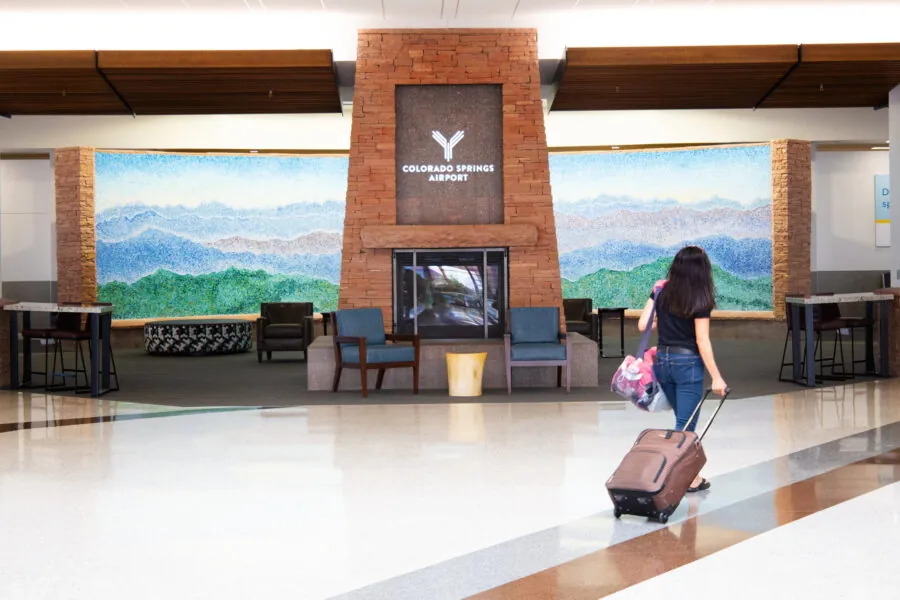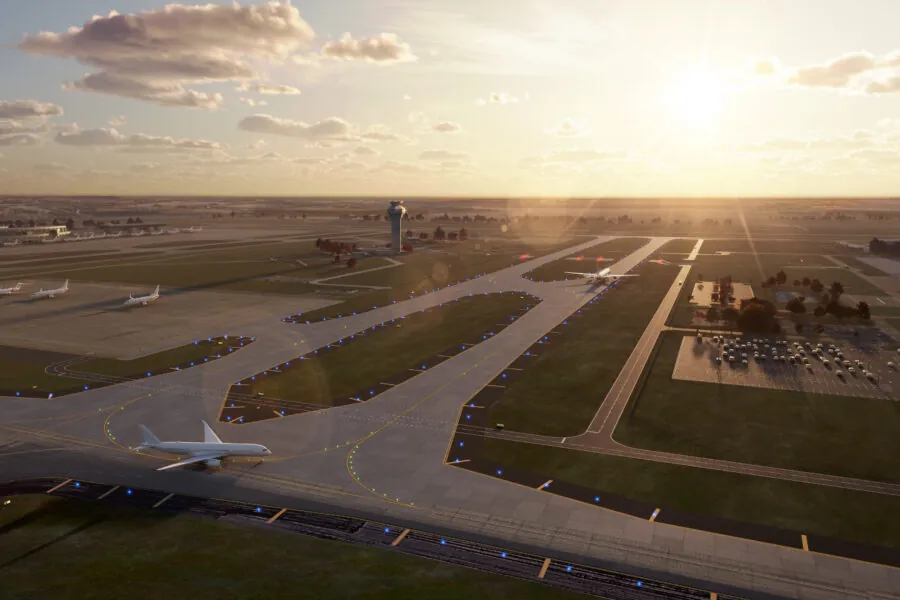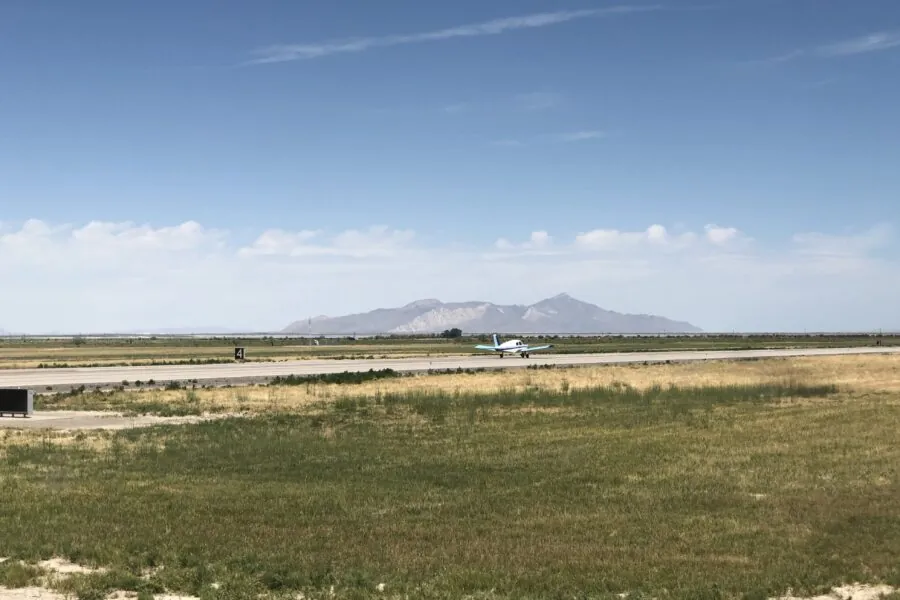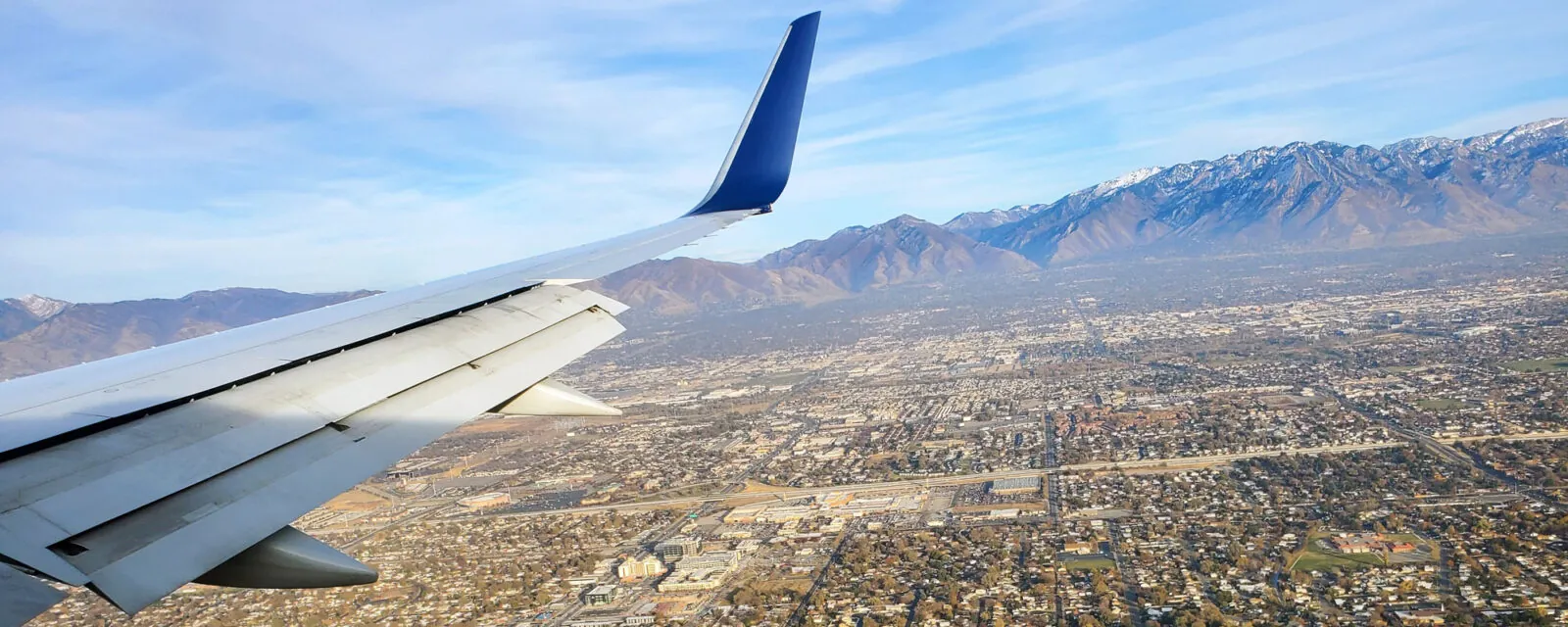
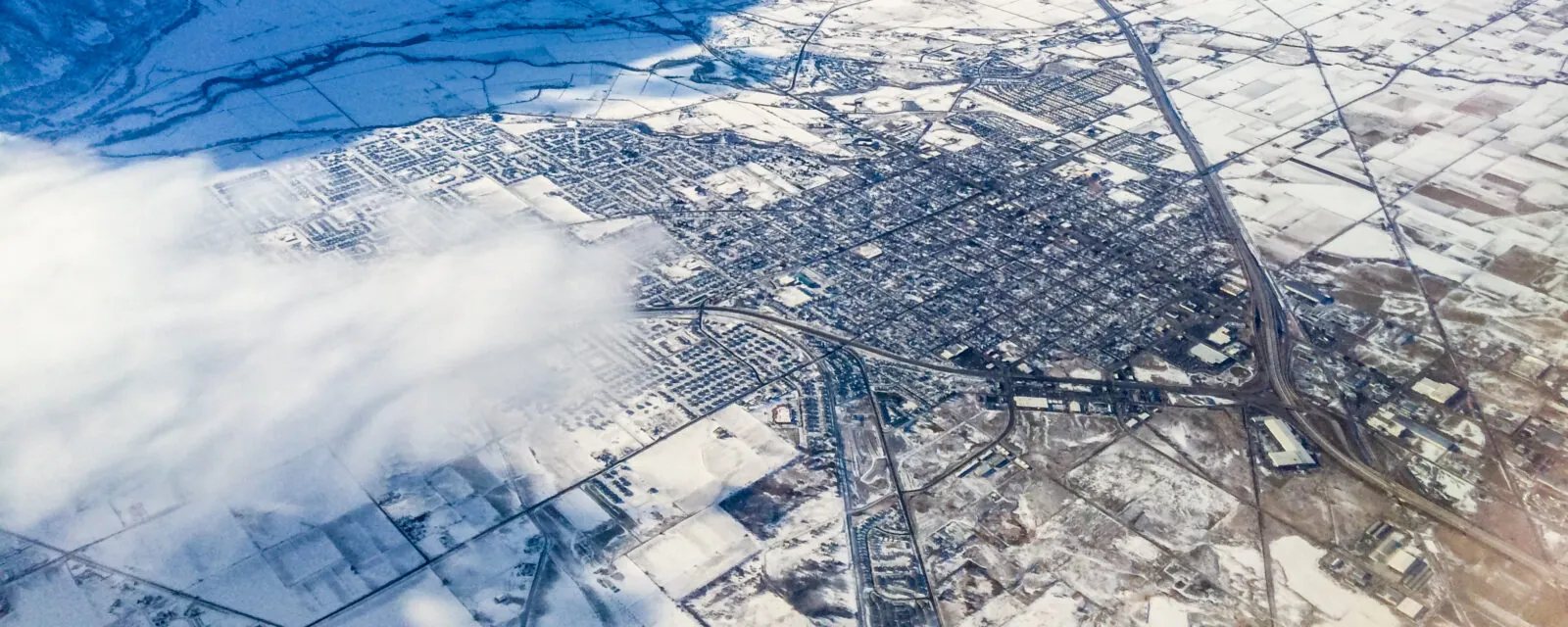
Salt Lake City International Airport Master Plan
Project Details
Solutions
Location
Salt Lake City, UT
Client / Owner
Salt Lake City Department of Airports
Focus Areas & Services
Ensuring the region’s system of airports supports expected growth
Salt Lake City International Airport (SLC) is a large hub airport located in the rapidly growing Wasatch Front region of Utah. Serving over 25 million passengers annually, SLC is also Delta Airlines’ largest hub in the western United States. SLC, along with its two general aviation reliever airports (Toole Valley and South Valley Regional) are owned and operated by the Salt Lake City Department of Airport (SLCDA) who manages the three as a system of airports. Working with SLCDA, RS&H prepared a comprehensive master plan for SLC and a system plan for all three airports to define a coordinated path for development of all SLCDA’s airport facilities.
Balancing airfield & supporting facilities with passenger demand
While SLCDA implemented the Terminal Redevelopment Program as a primary focus of the previous master plan, this new master plan study focused on facilities needed to accommodate expected growth over the upcoming 20 years. The crucial piece of this study was finding an ultimate balance between the airfield and supporting facilities to match passenger demand anticipated throughout the planning period and beyond.
The new SLC Master Plan meets FAA guidelines and includes all study elements necessary to safely, effectively, and sustainably accommodate forecast aviation demand for the planning horizon while ensuring optimum compatibility with the surrounding community. The planning process included eight key elements:
- Public involvement and stakeholder coordination
- Visioning
- Inventory of existing conditions
- FAA-approved forecast of future aviation activity
- Assessment of facility requirements necessary to meet demand
- Development and evaluation of alternative options for required facilities
- Implementation and finance planning to describe development phasing, timing, estimated costs, and funding mechanisms for airport improvements
The final product of the study is the master plan report and an FAA-approved Airport Layout Plan drawing set, which serves as a blueprint for proposed airport development.
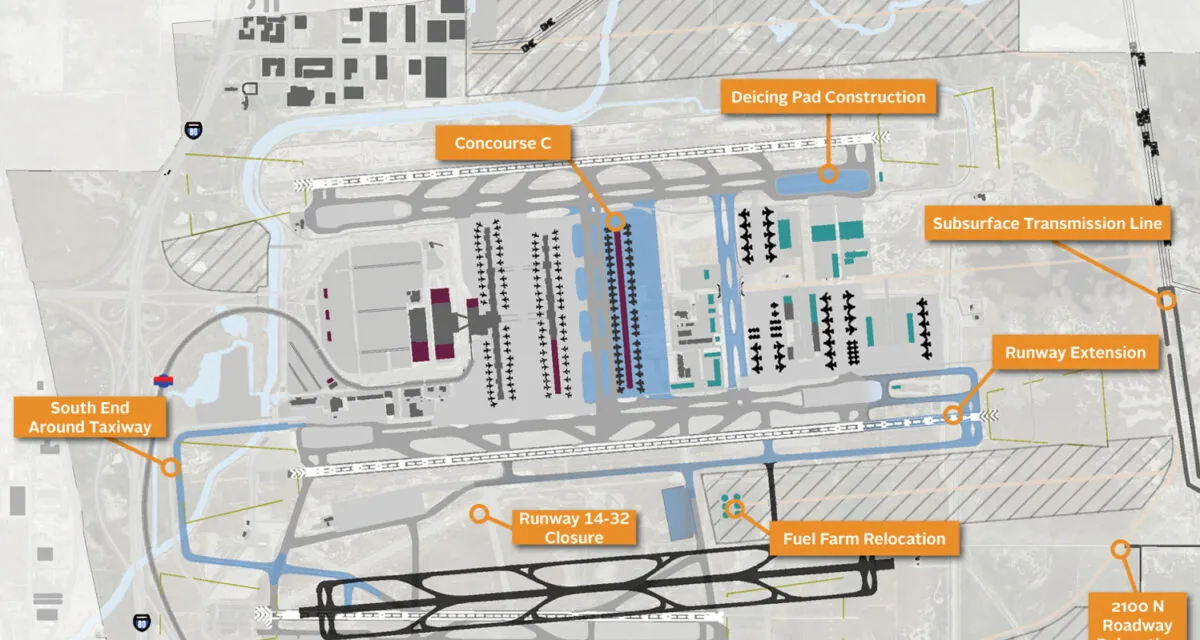
New solution maximizes operations while minimizing environmental impacts
The study resulted in an ultimate configuration of SLC capable of balancing passenger demand with airfield, terminal, and landside projects that improve operational efficiency, enhance safety, and preserve environmentally sensitive areas, while increasing the overall airfield capacity.
With a primary objective of optimizing ground operations to improve airfield and airspace capacity, one significant outcome of this study was demonstrating that a previously proposed new west runway would not be advantageous to operations and that a realignment to Runway 17-35 is more effective and less impactful. This solution eliminates the potential relocation of hundreds of acres of wetlands and while still providing a greater operational capacity enhancement.
A total of over $900 million in capital projects were identified within the updated Capital Improvement Program, which were programmed considering SLCDA’s anticipated demand, priority of needs, and funding capacity. Financial analysis indicated that funding will be available to plan, design, and construct the projects as demand warrants, meaning the capital plan is both practical and implementable over the 20-year planning period.
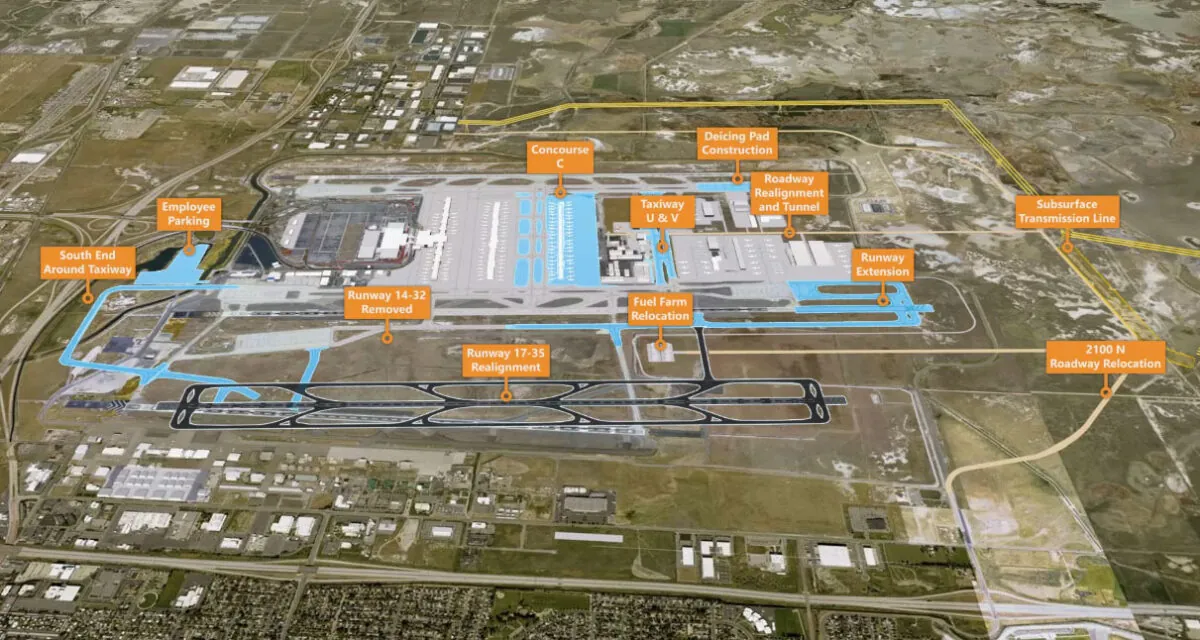
Throughout the $4.3 million master plan project, RS&H’s planning efforts resulted in:
- Six working papers
- One virtual public engagement room
- Seven airport board updates
- Three public information meetings
- Forty technical meetings and
- Sixty-five stakeholder meeting including 350 public participants
The project was delivered on time and within budget, and RS&H was subsequently reselected to perform master plans at SLCDA’s other two airports simultaneously – testament to RS&H’s ability to manage complex projects and deliver high-quality work through responsiveness and a client-focused approach to service.

